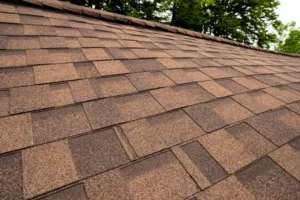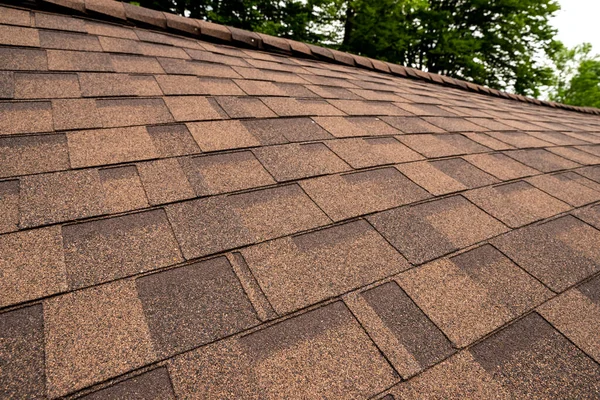When it comes time to replace your roof there are many different roofing materials available. A few key factors to weigh include appearance, longevity and cost.
Roofing materials in portland guide for expert insights on navigating choices. Make informed decisions for lasting durability and weather resilience.
Asphalt
Asphalt shingles are a common roofing option that is affordable and durable. They also offer a traditional look that many homeowners prefer.
They are easy to replace if damaged and come in a variety of eye-catching colors. Depending on where your home is located, you can purchase impact rated asphalt shingles that are more resistant to hail.
An asphalt shingle roof can be very energy efficient. However, it’s important to make sure that your roof has proper ventilation to prevent ice dams and other issues.
When shingles are properly installed, they’ll shed water from rain or snow through gravity alone. For this reason, it’s important to use step flashing where any vertical penetration comes through a sloped section of the roof (for example, air conditioning units and evaporation vents).
Metal
Metal roofing is a long-standing choice for commercial buildings and is becoming more popular with homeowners due to its affordability, longevity and low maintenance. It is also effective in snowy climates, prevents harmful moisture buildup and can be fire-resistant.
It is also a great option for those who are environmentally conscious as traditional asphalt shingles are a petroleum product that contribute to greenhouse gases. Additionally, metal roofing is recyclable after use.
A drawback of a metal roof is that it can be noisy during rainstorms and hailstorms and some types are more susceptible to dents than other roofing materials. Also, since they are usually at least three stories off the ground a metal roof requires a certain amount of safety precautions to walk on during stormy weather and for repairs.
Additionally, some local building codes require that you take special care in how you install your metal roof. You should always follow the advice of your roofing contractor to avoid any potential dangers.
Wood
Wood shingles and shakes offer a beautiful, natural aesthetic for homes. They are durable and energy efficient, but they require more maintenance than other roofing materials.
Cedar is the preferred wood for shingle roofs, as it contains natural preservatives that protect against sun damage, moisture, and rot. Other popular choices for wood roofing include pine, spruce, redwood, and bald cypress.
Wood roofing is not fireproof, so it’s not a good choice for homeowners in areas that are prone to wildfires. However, spray-on fire retardants can help make your wood shingles more resistant to fire.
Wood roofs also tend to have poor longevity, as they are susceptible to pests, mold, and water leaks they can also be more expensive than other types of roofing, and they’re often banned in certain fire-prone regions. Homeowners insurance companies may also raise rates for homes with wood shingle roofs this is why it’s important to work with timber merchants that can provide a variety of options for your project.
Tile
Tile roofs have been in use for thousands of years and offer homeowners a natural aesthetic with endless design options. They also last longer than asphalt shingles, making them a great investment for your home.
Tiles made of concrete and clay are weather-resistant, meaning they can withstand harsh climate conditions they also provide energy efficiency as they can reduce your household energy costs. This is because they prevent the sun’s heat from transferring into your house, and lighter-colored tiles reflect more sunlight.
When properly installed by a roofing contractor, tile roofs are long-lasting and durable. They’re not susceptible to insect damage and are non-combustible. However, their upfront cost is higher than other materials. Also, if not fastened correctly, tile can crack or break.
For this reason, it’s essential to choose a Roofing CRS they should be familiar with all the different types of tile and recommend ring-shank nails or hot-dipped galvanized screws for areas that experience high wind speeds.














